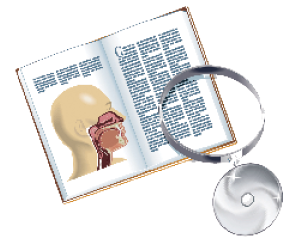
Background
Facial nerve injury is a potential complication of otologic surgery as its dissection within the region of the tympanic and mastoid segments is an integral component of middle ear and mastoid surgery. The tympanic segment of the facial nerve is vulnerable as it can be normally dehiscent, and the incidence of dehiscence increases in the presence of chronic otitis media and cholesteatoma. Additionally, during mastoidectomy and posterior tympanotomy, the descending portion of the facial nerve is at risk for iatrogenic injury. Although there is no substitute for knowledge of normal facial nerve anatomy, potential aberrations in the course of the facial nerve, anatomic identification of the facial nerve, and surgical experience, the use of facial nerve integrity monitoring (NIM) during middle ear and mastoid surgery has been advocated as a means to reduce the surgical risk of facial nerve injury. In contrast to neurotologic procedures where it has been widely accepted as standard of care, routine use of facial NIM in otologic surgery remains controversial. In this Triological Society Best Practice review, we examined the evidence regarding the use of facial NIM in otologic surgery.
Best Practice
The current evidence suggests that intraoperative facial NIM is of value in identifying the facial nerve that is at surgical risk during middle ear and mastoid surgery, and it is also cost-effective. Read the full article in The Laryngoscope.